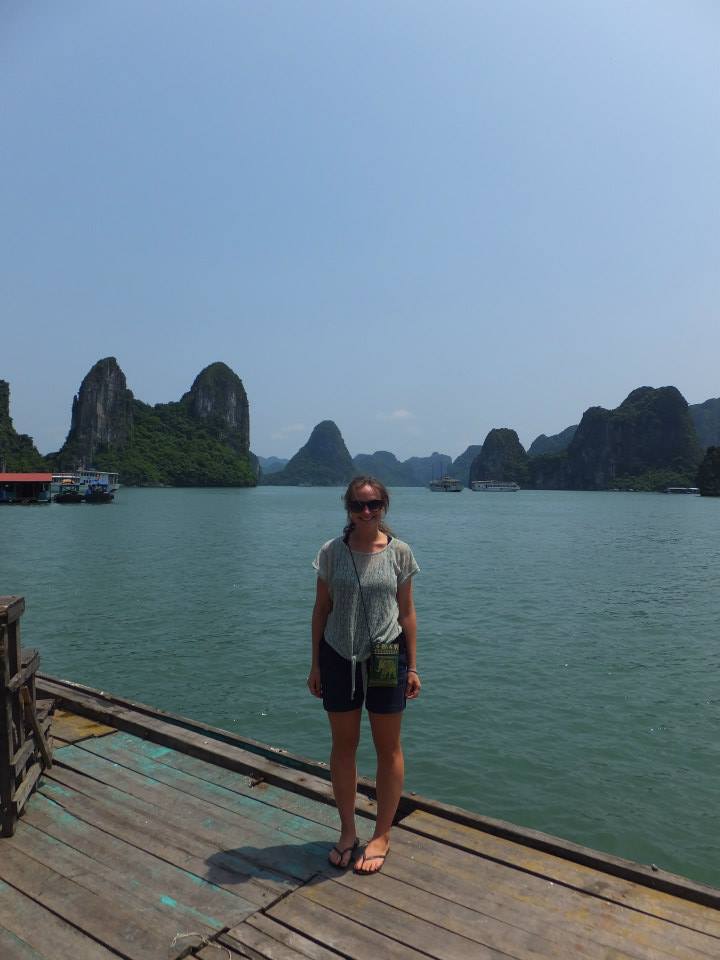Shwedagon Pagoda Festival

In honour of the annual Shwedagon Pagoda Festival, we thought we would share a few of our favourite pictures of the shiny, shiny stupa – as well as a bit of its history and the festivities that take place each year.
Located in Yangon (AKA Rangoon), the former capital of Burma, Shwedagon is the most important Buddhist pagoda in Burma and is believed to contain relics of the four Buddhas of the present age: a staff, a water filter, a piece of robe, and eight strands of hair.

According to the pagoda’s official website it was originally just 8.2 metres tall, but improvements by successive monarchs raised it to almost 110 metres. Apparently, tradition dictates that each new Burmese monarch must add his bodyweight in gold to the structure.

According to historians, the pagoda was probably built between the sixth and tenth centuries AD – however legend (and the Swedagon pagoda website) tells that it is much older, dating back more than 2,600 years. If the latter are correct, this would make it the oldest Buddhist pagoda in the world.

The stupa’s base is made from brick covered in gold plates. Next are the terraces (only accessible to men), then the bell-shaped level, then the turban, the inverted almsbowl, the inverted and upright lotus petals, the banana bud and finally the umbrella crown. As a sign of sovereignty, the umbrella crown is the final ornament of nearly all Burmese pagodas, and Shwedagon’s is reportedly encrusted with 5,448 diamonds and 2,317 rubies.

Pagoda festivals are found throughout Burma, but Swedagon’s is the largest. These festivals typically commemorate major events in the pagoda’s history, such as its founding and its crowning with an umbrella (more on this later), and are celebrated over several days – attracting pilgrims from across the country.

Visitors to the pagoda make offerings in the form of water, candles and flowers, also giving food and monetary donations to the monks for the upkeep of the stupa. On arrival, pilgrims remove their shoes and walk a circuit of the pagoda in a clockwise direction, passing by the site’s most important features and stopping to pray at whichever planetary post represents the day of the week on which they were born.

In addition to the religious ritual, there is also a fun, carnival-like atmosphere surrounding the area – with traditional drama, music, dancing and plenty of delicious street food sold by vendors.
Under the military government, the Shwedagon Pagoda Festival was banned from 1988, not to be reinstated until 2012. Thus the 2015 celebration is only the fourth such festival in nearly 20 years!

Remembering his visit to Shwedagon Pagoda in 1889, Rudyard Kipling wrote:
“…Then, a golden mystery upheaved itself on the horizon, a beautiful winking wonder that blazed in the sun, of a shape that was neither Muslim dome nor Hindu temple-spire. It stood upon a green knoll, and below it were lines of warehouses, sheds, and mills. Under what new god, thought I, are we irrepressible English sitting now?”

The spring departures of our Beautiful Burma and Burma Unmasked Small Group Tours are timed to coincide with the Shwedagon Pagoda Festival. Get in touch to find out more - or book your place today!




